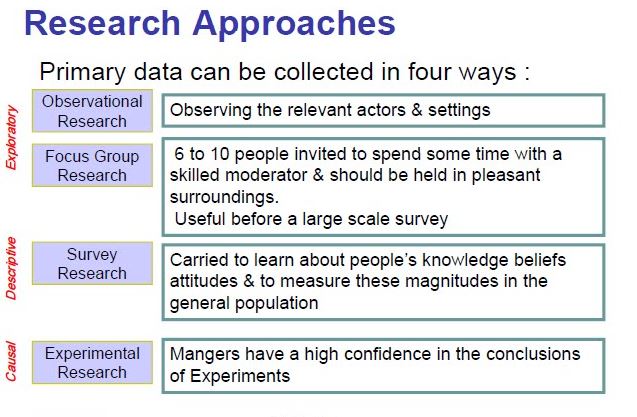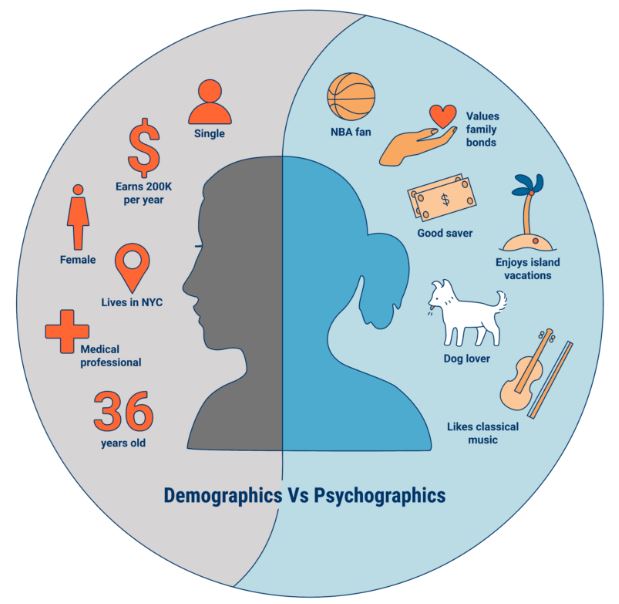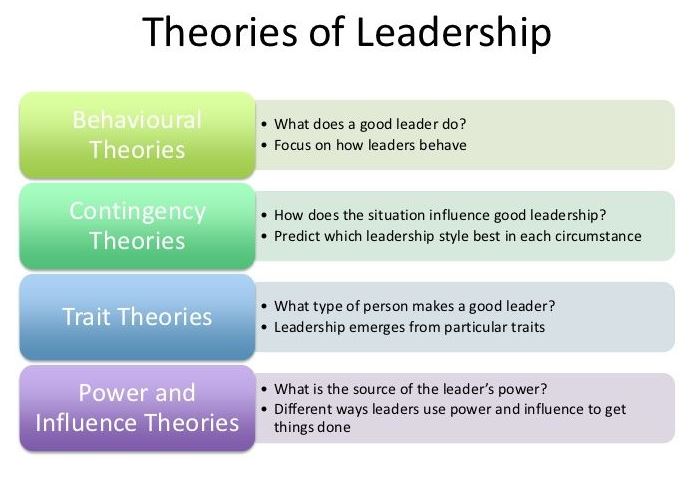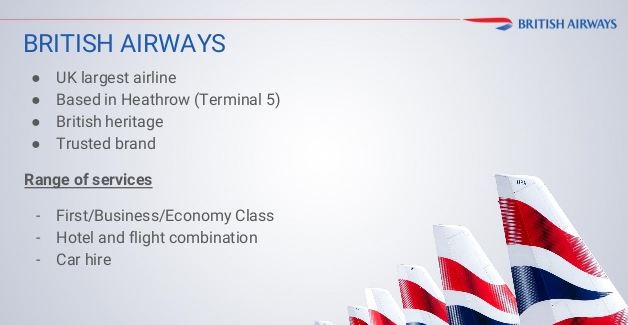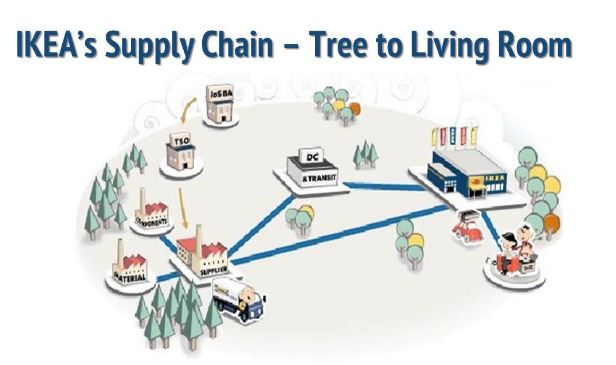Big Data Strategy and Its Use in Decision Making
The today’s highly competitive and fast moving business environment is only favorable to businesses that make the best decision. This is due to the fact that with big data intelligence at hand, businesses, such retail business industry, are able to come up with any type of data visualization which comprises of dashboards, info graphics amongst other types of data visualization. According to Krish Krishnan (2013) the volumes of data available in varying degrees of complexity, generated at different velocities and varying degrees of ambiguity, that cannot be processed using traditional technologies, processing methods, algorithms or any commercial off-the-shelf solutions.” Huge volumes of data which can give insights about data that was or it has been produced in an identifiable form can be accessed by big data and for this reason various businesses can use this form of technology in coming up with different processes of decision making.
So as the operations of the business to become efficient and effective, the businesses can also use big data. With this technology, the businesses will be able to compete effectively without the fear of being kicked out of the context. There is improved performance with this new technology as it has increased the speed, flexibility and the ease of measuring the quantities of various data automatically. When compared to the traditional technologies of data processing, the data technology due to its ability to process architecture and measure quantities of data, the data technology is found to be of more benefit and thus more advantageous.
Through the big data analytics and the newly advanced computing technology, even the complicated and the most challenging problems that are associated with various businesses are now easy to solve. Therefore, the process of finding out the useful information, hidden patterns and unknown correlations so as to come up with better and productive decision can simply be referred to as the extraction of big data analytics (Chen , et al., 2012). With this kind of technology, the best decision making and even driven innovation amongst other relevant and important steps of a business can be made by any organization’s top management can be made as a means of survival and development. This is because with this technology, with it the application of high performance tools for data mining, optimization, text mining, forecasting and relevant data extraction is much simpler and even faster.
So as to optimize funnel conversion, the data intelligence can play a very big role to ensure the management makes the decisions that are important and vital to the company business. Other roles that can be played by the data intelligence includes prediction of security threats towards the business, predicting the support the company may land, it can also detect fraud, optimization of prices and carrying out an analysis on the available markets for business and also the big data intelligence plays a role in behavioral analytics. It is noted that when it comes to a right decision making, it is very essential to adapt business intelligence in such a highly competitive and an economy that is growing worldwide so fast.
This type of technology is applicable in various situations i.e. in a data repository, customer relations, integrated marketing strategies or even identifying and weighing the constantly changing industry trends. Mobility, social collaboration, cloud and big data are a few but examples of the areas that are influenced by the industry trends thus the business intelligence is an important aspect as it is the one that keeps the industry trends going (Chaudhuri & Narasayya , 2011). So as to achieve their motives i.e. raising the market reach, increased profits and better performance of finance, the organization groups of various sizes and companies target their customers use these data that is collected from these sources.
The structured or unstructured data in a business environment that is experiencing completion at global level and is at risky position is capable of provision of trading, assets, price related detailed information and industry related trends to an organization thereby enabling the organization to plan ahead of other competitive industries. Thus such data is very crucial to any industry that needs to grow and work for the best of its objectives in a very competitive business environment.
Big data and customer segmentation
All over the world, for the companies to compete effectively, they have had to find out and identify what their customers want .i.e. the customers’ opinions, reviews, customers’ preferences in their day-to-day needs and these companies are also putting in contest the other factors that affect their businesses as an added advantage for their co-existence in the business world. All these information after being collected, it is analyzed by the company’s experts so as to reach conclusions that will aid in their decision making.
A better decision making will put the company at a position to win the price by shooting at the target as per the objectives and aims that the company had put in place earlier. Such important information can be collected from various social media sites, official websites, interactive sites and various search engines. This is achievable when the companies that are in need of such information retrieve the information from the customer’s purchase history, search items made by the customer, the customer’s history of transaction from the data.
A company with such vital information is able to come up with a strategized marketing form of a message that is composed of customized and personalized contents that exhibit certain features that interest a specific group and thus becomes customer specific.
Retailing analytics
In the process of monitoring, to identify and to measure the extent at which the customers are influenced by the products and services offered by the company, the retailers collect the information that is customer related through the built-in data repository globally from public data and social data so as to know the opinions of their customers. Apart from the individual’s opinion on the products and services offered by the company, the data that is gathered by the company is also composed of the opinion of other people i.e. the friends’ opinions and even other parties’ opinions that are found in the sites of social media.
Data warehousing
Through the collection of data, a large quantity of structured as well as unstructured data keeps on piling and very important and valuable information about the customers is extracted from these piles of data by the companies that are seeking the information. In businesses that are retail oriented, big data intelligence and analytics is used to identify and target the relevant customers i.e. as Walmart does. Other relevant tools for customer preferences and needs are used by Walmart.
Due to continuous piling up of data, a huge data is created as a result. To most businesses this huge data pose a challenge as it becomes tiresome in the event of scanning of products at POS as well as some data also piling from the surveillance cameras etc. A lot more value can be achieved by a business through proper management of data and thus the business processes can be improved by a large extent which as a result can cause the whole business to succeed. This value can also lead to a good decision making which can as well transform the methodology and value tools for undertaking the business activities. By using Enterprise Data Warehouse concept in any operations of the business, for decision making, any business enterprise is capable of transformation of raw data into knowledge that is quite useful.
Data bases and business intelligence
Big data has been declared by Forbes as the greatest weapon for business prosperity for sales and marketing of various products and this is because with data at hand, the businesses are transforming all over the world since the various businesses have sought to find the actionable insights from the unstructured data that is highly piled. A database that consists of data taken from e-commerce sites, customer call records, customer history and social media sites has been put forward by Walmart. This kind of data presented by Walmart is not structured data but is an extensive and complex data that is accumulated in its data repository which in order to mine, collect and manage needs the tools for data analysis and specialized software.
Walmart focuses on implementing business intelligence and the other tools for data visualization like reports, charts and dashboards and maintenance of such information in in their database for easier retrieval and use when the information is in need. For the marketing manager at Walmart to retrieve the customers’ tastes and preferences, complaints, purchase history and opinions, they use the information from the data so as to divide their customers into categories depending on their characteristics. This is because this mode of characterizing enables Walmart to beat the competition as it is able to understand the competition completely.
Micro-segmentation
Through targeting the behavior and the attitude of the customer towards the products and services offered by a company aids the company to go through the decision making of the customer so that it becomes simple for the companies involved to measure and put into records the differences in products that seek to identify the market and those customers participating in the businesses.
Segmentation is where the company is able to come up with relevant a very message that is passed in media perceiving and in it having a greater ability to break through a broad region and generate a response that is desirable and in turn cause a desirable action or behavior on the target group and cause an engagement of that individual or group thereby resulting in their loyalty to the company thus achieving the expected objective. Therefore, the process of understanding the customer and their behavior and engaging them is the only key to micro-segmentation.
Fig I: Customer understanding and benefits
Activity-based data
From mobile data, history made from purchases, data from call center, queries concerning the products incentive responses, the search information and tracking that is made from various websites are some of the activities that enable Walmart to understand its customers. Social media sites like Facebook and tweeter among others have also been monitored and recorded to have given a pushing hand in marketing of products through the marketing messages that they bare. The information about the customer demand can also be provided by the collection of data from the tracking tools on the websites.
The social influence can also be as a result of sentiment data which are affected by the reviews and comments that are made online, the associated company, the involved product and the records that are made concerning the customer in terms of the services offered to such a customer or the products sold to that customer. This information is stored in the database as it can be of use in the future or may be used elsewhere. Through the various activities that leverage the efficiency and the effectiveness of insights that are of high value when it comes to decision making matters, the real cost of micro-segmentation is reached and known as soon as there is an identification of the target market and customers at large.
Master data management
To clean up the old data and create new, accurate, modern and a complete set of data that is necessary for carrying out management and also the growth of the business enterprise, master data management is fondly used. Very crucial and important information about the products, the accounts, relationships, suppliers and customers is exhibited by the master data and through it , the business enterprise is able to understand who it supplies goods and services to, the products or goods that it offers, the services it offers, the accounts it holds with its customers and its suppliers at large. The lack of such information to the enterprise lands it in a dangerous spot and therefore, the enterprise needs this information so as to operate usefully.
A business enterprise is able to allow changing needs in enterprise and also allowing the enterprise to form business processes through integration of data through the master data management which in turn allows the whole activity to go through. There are several advantages that are exhibited by the initiatives on the Master data management. These advantages include the naturally strategic initiatives, the master data management initiative have also affected a good number of business areas at Walmart at large.
The managers at Walmart have been able to solve a number of problems and issues pertaining to their customers, effectiveness of the products they offer etc. And all these are by the business intelligence practices and analytics combined with both the management and the IT involved processes. This is because the master data management has the phrases that direct the organization to the objectives. These phrases that made the master data management relevant include “single view of my customer”, “time span of introducing a new product”, “profitability report of this week” and “how long it would take to penetrate a specific market”. This has thus made Walmart a great competitor when it comes to big data and its management and as a result maximizing its profits and increasing its performance financially.
Fig II: Master data management at Walmart
IT process management and Big Data
For an organization to come up with good strategy for decision making in various occasions, both the big data and the IT process management must be involved as a single unit. This is because these two are very important in development and maintenance of the data repository which is composed of the information on the opinions, preferences, clients, orders, complaints and the information of many more factors.
The main objective of the IT data is to achieve the goals that were set on the area of business provided while the business analytics that is applied and the decision making process are used and for a good decision making be approached, the business intelligence process, the IT system and the enterprise solution system have to be done harmoniously. For collection and storage of information on an online customer and the transactions carried out, the information technology system is put into use. This information collected and stored can be further utilized during the process of decision making (Mayer-Schönberger, 2013) and therefore making it vital for categorizing of the clients to a given business enterprise.
Merging unstructured data with structured data
The middleware technology is an efficient and affordable and effective technology that is applied and used in the drawing of valuable information. The middleware technology is developed from the merging of both the structured data and unstructured data which is used in the business intelligence system. The various companies develop management systems and data integration and come up with the integration of big data- the integration used for the extraction of reports, data visualization and charts e.g. the Net-mark which was developed at NASA as one of these integrations and the management systems. This software can be scaled and be measured; it is cost effective and very efficient.
Once this software receives unstructured data, for it to be used for analysis or reports, the software cleans automatically and regulates the structure in it. (Mayer-Schönberger, 2013). These are some of its properties and it allows for merging of data as the enterprise involved would like the data to be represented.
Importance of social media in decision making
Social media has today become an important factor in the today’s world of business which is competitive. Social media has enabled various individuals across the world to share and communicate with each other over the internet. There are different activities and behaviors in various social networking sites with a particular trend. Businesses can therefore use the internet to monitor such behaviors and activities so that they can get information about the market trend and the preferences of customers.
Activities, likes, comments, recommendations, time spent on pages, feedback and online reviews about a given product on social sites can provide useful information that managers may need during decision making process. Companies such as Walmart can point out a trend of clothing and fashion that exactly match the needs of their customers (Leonardi, 2013).
Conclusion
The use of business analytics and tools in information technology management, big data technology, data warehousing, etc. has helps various businesses in the present business environment. Development and maintenance of database is today used to monitor and record customers’ behaviors such as purchases and transaction histories. Information from internet search engines, and comments, complaints, tastes and preferences can be used by companies to study their customers. Customer behavior and preferences can also be studied through information about their online activities and participation in internet campaigns.
Such information about customers can be used to make strategic decisions for the effectiveness and efficiency of the company. Business analytics and intelligence is not limited to decision making only but can be used also in marketing, operation and supply chain management among many other applications. Walmart has been using business intelligence in cross selling, segmentation, campaign, advertisement channeling, monitoring of customer behavior and sentiment analysis to study and know their customer needs.
Works Cited
Adamson, I., 2013. Relationship marketing: customer commitment and trust as a strategy for the smaller Hong Kong corporate banking sector.. International journal of bank marketing.
Chaudhuri , S. & Narasayya , V., 2011. An overview of business intelligence technology. Communications of the ACM, 54(8), pp. 88-98.
Chen , H., CHiang , R. H. & Storey , V. C., 2012. Business Intelligence and Analytics: From Big Data to Big Impact. MIS quarterly, 36(4), pp. 1165-1188.
Kumar, V., 2002. Customer relationship management.. s.l.:John Wiley & Sons, Ltd.
Leonardi, P., 2013. Enterprise social media: Definition, history, and prospects for the study of social technologies in organizations. Journal of Computer‐Mediated Communication, pp. 1-19.
Mayer-Schönberger, V., 2013. A revolution that will transform how we live, work, and think. s.l.:Houghton Mifflin Harcourt..
Ryals, L., 2001. Cross-functional issues in the implementation of relationship marketing through customer relationship management. European management journal.
Rygielski, C., 2002. Data mining techniques for customer relationship management. Technology in society, pp. 483-502.
Sharda , D., Delen , D. & Turban , E., 2013. Business Intelligence: A Managerial Perspective on Analytics. s.l., Prentice Hall Press.
Zikopoulos, P., 2011. Understanding big data: Analytics for enterprise class hadoop and streaming data. s.l.:McGraw-Hill Osborne Media.
Other Relevant Blog Posts
IT Dissertation Topics
How Computers Affect Communication
Cloud Manufacturing Dissertation
If you enjoyed reading this post, I would be very grateful if you could help spread this knowledge by emailing this post to a friend, or sharing it on Twitter or Facebook. Thank you.

